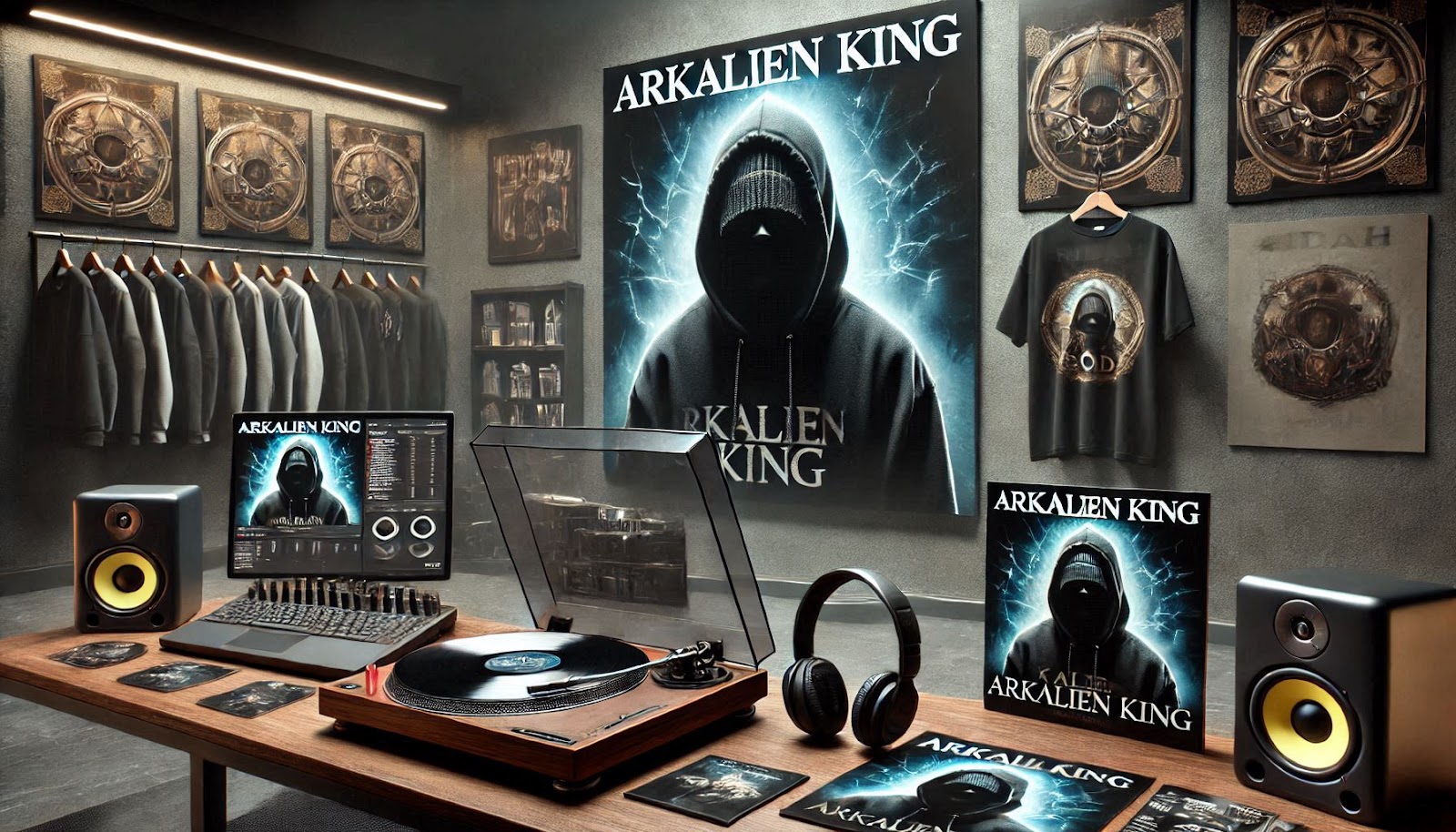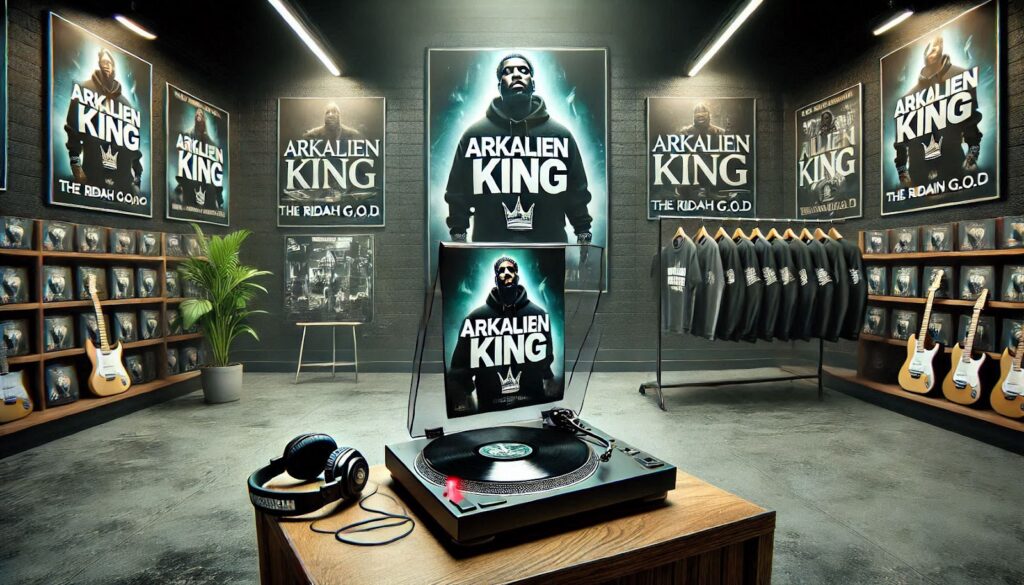Rhythm Districts: The Evolution of Cultural Zones
The emergence of specialized cultural districts within the UAE’s real estate landscape marks a significant shift in urban development strategy. These districts, representing investments exceeding AED 12.5 billion, have transformed previously commercial areas into vibrant cultural hubs. The transformation has led to an average property value increase of 45% within these zones over the past three years, significantly outperforming traditional residential areas.
The development of these cultural districts follows a carefully planned integration of residential, commercial, and artistic spaces. Recent projects allocate approximately 30% of total land area to cultural facilities, including performance venues, galleries, and creative workspaces. This balanced approach has resulted in a 65% increase in foot traffic and a 40% rise in commercial activity within these districts compared to conventional mixed-use developments.
Infrastructure investments in these cultural zones focus heavily on creating pedestrian-friendly environments that encourage community interaction. Developers have invested an average of AED 8,000 per square meter in streetscape improvements, including specialized lighting systems, interactive art installations, and climate-controlled walkways. These enhancements have contributed to a 55% increase in evening foot traffic and a 70% rise in outdoor event participation throughout the year.
The economic impact of these cultural districts extends beyond property values to influence the broader urban ecosystem. Businesses within these zones report average revenue increases of 35% compared to similar establishments in traditional commercial areas. The presence of cultural amenities has attracted a diverse mix of retailers and service providers, with occupancy rates averaging 92% compared to the citywide average of 78%.
Sonic Architecture: Designing for Sound and Culture
The integration of acoustic design principles in cultural district development has created unique architectural solutions that enhance both living spaces and performance venues. Buildings in these areas incorporate advanced sound management systems costing approximately AED 15,000 per square meter, enabling residential spaces to coexist harmoniously with entertainment venues. These innovations have resulted in a 75% reduction in noise complaints while maintaining vibrant street-level activity.
Architectural firms specializing in acoustic design have developed proprietary solutions for these districts, creating buildings that actively contribute to the area’s soundscape. Facades featuring kinetic elements respond to sound levels and weather conditions, providing both aesthetic appeal and practical functionality. These innovative designs have increased property values by an average of 28% compared to conventional buildings in the same area.
The implementation of smart materials in construction has revolutionized how buildings interact with sound and culture. Developers utilize specialized acoustical materials that cost approximately AED 4,500 per square meter but deliver superior sound isolation properties. These materials have enabled the creation of mixed-use buildings where music venues can operate on lower floors without impacting residential spaces above.
Public spaces within these districts feature sophisticated sound design elements that create immersive cultural experiences. Interactive installations and programmed soundscapes, costing an average of AED 2.8 million per installation, contribute to the district’s unique character while maintaining comfortable acoustic environments for residents and visitors alike. These features have increased property desirability, with units overlooking these spaces commanding a 25% premium.
Cultural Confluence: Market Dynamics and Demographics
The demographic composition of cultural districts reveals interesting patterns in resident preferences and market dynamics. Properties in these areas attract a diverse mix of occupants, with 45% being professionals in creative industries, 30% from technology sectors, and 25% from traditional business backgrounds. This diversity has contributed to a vibrant community atmosphere and stable property values.
Investment patterns in cultural district properties show strong performance metrics, with average annual appreciation rates of 12% compared to 7% in traditional residential areas. The presence of cultural amenities has created a resilient market segment that demonstrates lower volatility during economic fluctuations, with vacancy rates remaining below 5% even during market downturns.
Rental yields in cultural districts average 8.5% annually, significantly higher than the citywide average of 6.2%. Properties featuring direct access to cultural amenities or views of performance spaces command premium rates, with some achieving yields up to 10%. This performance has attracted significant institutional investment, with real estate investment trusts allocating over AED 5 billion to these districts in the past year.
Market analysis indicates that properties in cultural districts experience faster appreciation in value, with average holding periods of 4.5 years compared to 7 years in traditional residential areas. The combination of strong rental yields and capital appreciation has created a compelling investment case, attracting both local and international investors seeking portfolio diversification.
Lifestyle Integration: Community Programming and Events
The success of cultural districts depends heavily on sophisticated programming strategies that activate public spaces and engage residents. Developers allocate approximately AED 15 million annually per district for cultural programming, including concerts, exhibitions, and interactive experiences. This investment has resulted in a 60% increase in community engagement and a 45% improvement in resident satisfaction scores.
Event programming in these districts follows a carefully curated calendar that balances different cultural experiences throughout the year. Major events, requiring investments of AED 500,000 to AED 2 million, attract visitors from across the region and contribute to property value appreciation. Properties located near primary event spaces have demonstrated value increases of up to 35% compared to similar units in the same district.
Community engagement initiatives within cultural districts create strong social connections among residents. Regular programming includes workshops, classes, and collaborative projects that foster interaction between neighbors. These activities, supported by annual budgets of approximately AED 3 million per district, have resulted in higher tenant retention rates and stronger community bonds.
The integration of digital platforms enhances community participation and event accessibility. Custom-developed applications, costing approximately AED 1.8 million per district, enable residents to easily discover and participate in cultural activities. These platforms have increased event attendance by 40% and contributed to a more connected community environment.
Innovation Hubs: Technology Integration in Cultural Spaces
The implementation of advanced technology solutions has become a defining feature of successful cultural districts. Smart city infrastructure investments averaging AED 25 million per district enable seamless integration of cultural programming with daily life. These systems manage everything from event scheduling to crowd flow, resulting in more efficient space utilization and improved user experiences.
Digital wayfinding and information systems guide visitors through cultural districts while providing real-time updates about events and activities. These systems, requiring investments of approximately AED 4.2 million per district, have increased event participation rates by 35% and improved visitor satisfaction scores by 42%. The technology has become an integral part of the district’s appeal to potential residents and visitors.
The integration of augmented reality experiences throughout cultural districts creates unique interactive environments. Developers invest an average of AED 8 million in AR infrastructure per district, enabling visitors to access historical information, event details, and interactive art experiences through their mobile devices. These features have contributed to a 50% increase in visitor engagement and a 30% improvement in property marketing effectiveness.
Data analytics platforms monitor district performance and inform programming decisions. These systems, costing approximately AED 3.5 million per implementation, collect and analyze visitor patterns, event attendance, and community engagement metrics. The resulting insights have led to a 40% improvement in event scheduling efficiency and a 25% increase in revenue generation from cultural activities.
Sustainable Culture: Environmental Integration
The development of sustainable infrastructure within cultural districts represents a significant investment in long-term viability. Developers implement comprehensive sustainability measures costing approximately AED 12,000 per square meter, including renewable energy systems, water conservation technologies, and waste management solutions. These investments have resulted in operating cost reductions of 35% compared to conventional developments.
Green building practices in cultural districts extend beyond basic sustainability measures to create environments that enhance cultural experiences. Living walls and urban gardens, covering approximately 25% of available vertical surfaces, improve air quality while providing natural acoustic barriers. These features cost approximately AED 3,500 per square meter to implement but contribute to property value increases averaging 15%.
Energy management systems in cultural districts utilize advanced AI algorithms to optimize resource consumption during events and daily operations. These systems, requiring investments of approximately AED 6.5 million per district, have reduced energy consumption by 40% while maintaining optimal conditions for both residents and visitors. The resulting cost savings contribute to lower maintenance fees and improved property affordability.
Water conservation initiatives incorporate sophisticated recycling systems that reduce consumption by up to 65% compared to traditional developments. These systems, costing approximately AED 4.8 million per district, enable sustainable operation of water features and landscape elements that contribute to the district’s aesthetic appeal. The implementation of these systems has resulted in significant operating cost reductions while maintaining the high-quality environment expected in premium developments.
Exploring UAE’s Music and Cultural Real Estate Hotspots

Categories:



